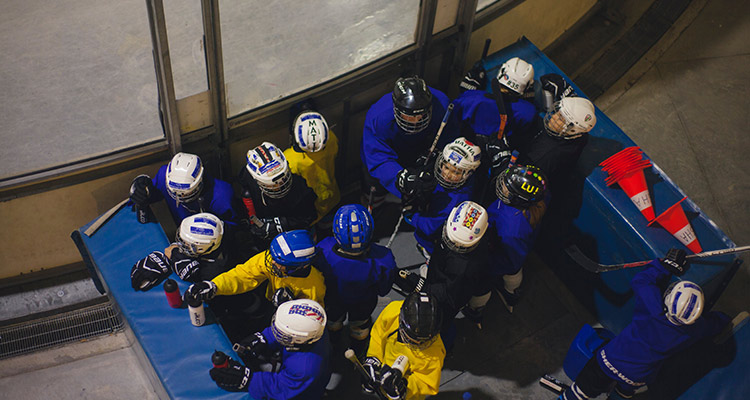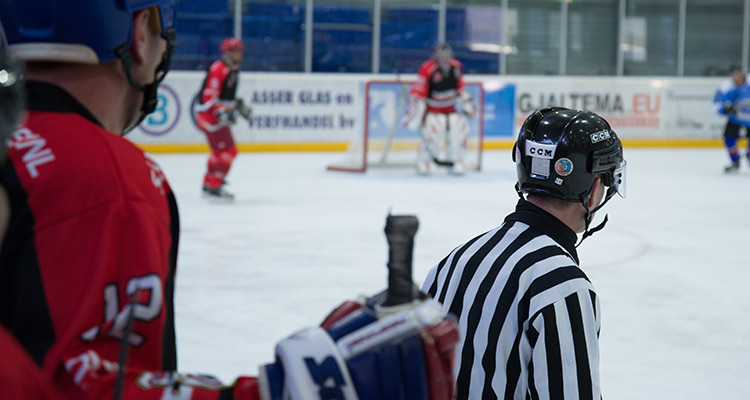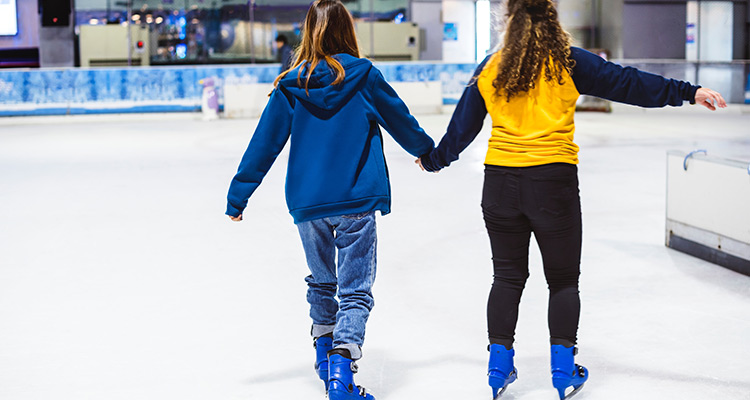
Do you know how well your air handling equipment is working? There are no Federal regulations regarding indoor air quality, including the ideal levels of carbon monoxide and nitrogen dioxide. Often recreational facility managers don’t know their facility has an air quality problem until an emergency evacuation occurs.
Unlike homes, ice rinks are not required to have carbon monoxide detectors and so it is very important to have an air quality management program in place. Air quality can be effected by a large number of factors.
While ice rink air quality issues can be caused by many factors, there are some common problems that facility managers can focus on.
Most of these common air quality problems can be prevented by having an Air Quality Management Program in place.

Maintaining the proper temperature in your ice rink facility and creating high-quality ice surfaces are vital to your ongoing success. With these two important tasks taking precedence, it can be easy to overlook maintaining your indoor air-quality. Creating an Air Quality Management Program that follows industry best practices can help simplify this task for you. Your program should include these 4 steps:
Air quality awareness training should be an important part of an employee’s orientation and workplace training program. It should include education on what can impact air quality, how to recognize the signs that air quality has been compromised, and the symptoms of exposure.
Exposure to explosive gases, carbon monoxide, hydrogen-sulphide, nitrogen dioxide and ammonia can cause a variety of symptoms. Below we outline the characteristics and symptoms of exposure to Carbon Monoxide, Nitrogen Dioxide and Ammonia.
Carbon Monoxide is a colorless, odorless, tasteless gas that reduces the oxygen-carrying capacity of blood. Common symptoms of exposure include:
The maximum exposure level for Carbon Monoxide is < 30.0 PPM
Nitrogen Dioxide is a dark brown or red-brown gas that has a pungent, acrid odor. Common symptoms of exposure include:
The maximum exposure level of Nitrogen Dioxide is < 0.5 PPM
Ammonia is commonly used as part of the ice rink’s refrigeration system. Liquid ammonia is a clear fluid that evaporates quickly at room temperature. It can become toxic and flammable at high concentrations. Common symptoms of exposure include:
Low Level (5 PPM)
Moderate Level (6 – 49 PPM)
High Level (50 PPM+)
Extremely High Level (300 – 500 PPM)
A good air quality management program tests air quality:
It is recommended that owners of arenas should have air quality testing equipment on hand.
An Air Quality Management plan requires testing equipment for explosive gases, carbon monoxide and hydrogen-sulphide, nitrogen dioxide and ammonia. There is a variety of testing equipment available and most of them provide +/- percent accuracy of toxic gas concentrations. Some will provide you with an instant digital reading while others record gas concentrations with a data logger for a permanent record of exposure levels. Gas detectors should be regularly calibrated to ensure accurate and reliable readings.
Ice rink managers should ensure that their ice-resurfacing and ice-edging equipment have an annual inspection completed by a qualified technician. Technicians will be able to perform an emissions test and let you know whether there are any issues that need to be addressed.
It is highly recommended that you complete an annual inspection on any equipment that burns fossil fuels such as forklifts, scissor lifts and boom lifts.
We also highly recommend you stay on top of ongoing and annual ice rink refrigeration system maintenance. This will help prevent the occurrence of any refrigerant links, as technicians will be able to spot issues before they become major problems.
Indoor air quality can be impacted by outdoor air quality. Those idling vehicles waiting to pick up or drop off people from the ice rink facility could be negatively impacting your air quality. To protect against this, fresh air intake areas should become “No Idle Zones”.
Air quality testing can be completed by internal ice rink staff or by third parties. It is important that tests are conducted throughout the facility at different times and locations, as well as the testing of outdoor air quality.

Berg Chilling Systems provides a range of high-quality recreational ice rink services. Our experienced team will create a custom designed solution that can include chilling, pumping, ice making and more. Contact Berg Chilling Systems to learn how we can make your system more efficient and cost-effective.